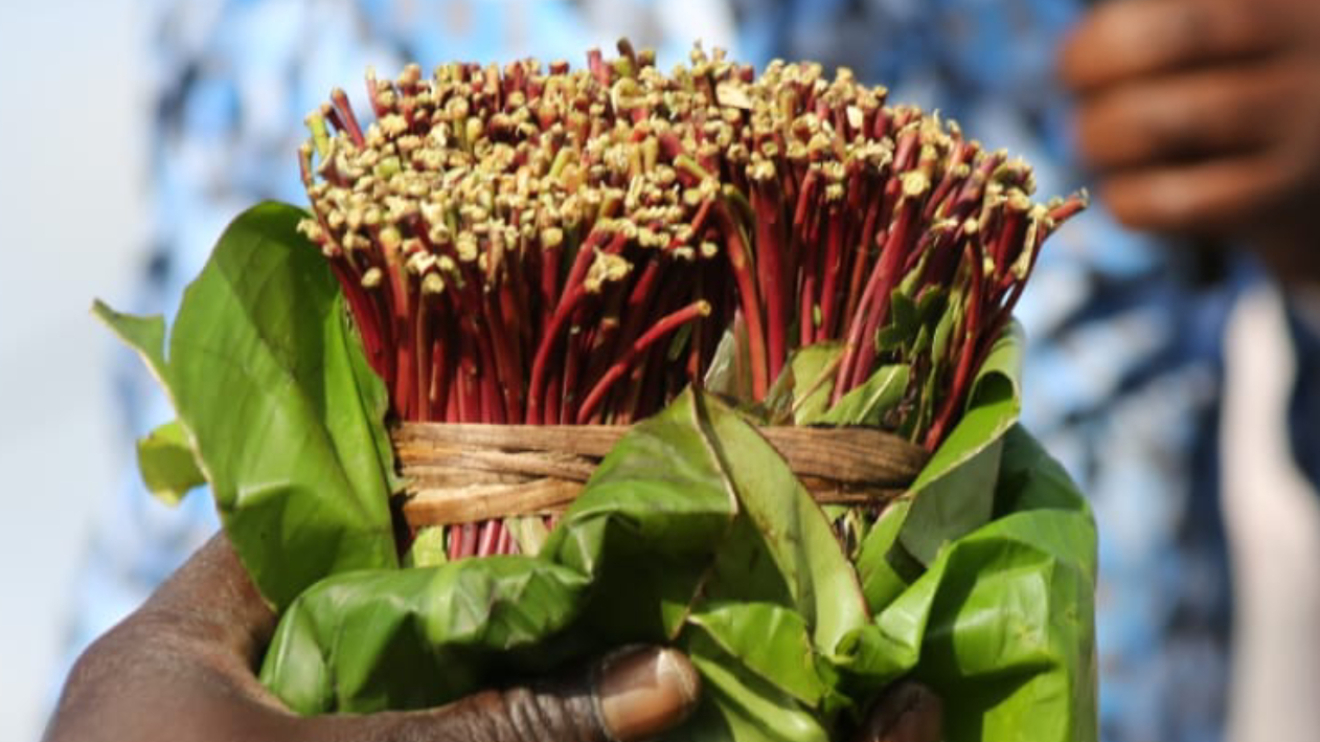Mobile loans continued to be the most popular form of credit in Kenya during the first three months of 2024, accounting for over half of all active loan accounts.
However, the average borrowing limit per borrower decreased slightly, suggesting a more cautious approach by both lenders and borrowers amid economic uncertainties.
According to the TransUnion Kenya’s Q1, 2024 Market report released Wednesday, the number of new mobile loan accounts opened increased by 11.02 per cent compared to the previous quarter.
Despite this growth, the average quarterly borrowing limit per borrower declined by 7.48 per cent from Sh16,860 to Sh15,600.
The report attributed the decrease in borrowing limits to the evolving regulatory environment and the need for lenders to make more informed decisions on credit applications.
Read More
“The result is better insights into the overall market and the health of consumers, enabling lenders to make better-informed decisions on credit applications,’’ the report reads in part.
With licensed FinTechs now submitting data to TransUnion, lenders have better insights into the overall market and the health of consumers.
Low-value overdrafts (ODs) remained a significant portion of the Kenyan credit market, representing 32.81 per cent of all active loan accounts.
However, the volume of new low-value OD accounts opened decreased by 40.29 per cent in Q1 2024 compared to the previous quarter. Additionally, the value of new low-value ODs booked fell by 32.57 per cent.
While high-value ODs accounted for a smaller percentage of active loan accounts, they held a significant balance of Sh499.1 billion. The number of new high-value overdraft accounts decreased by 25.3 per cent in Q1 2024, and the value of these overdrafts declined by 17.6 per cent.
The banking sector continued to dominate the Kenyan credit market, holding more than 96 per cent of all loan balances.
Despite a slight decline in the number of new accounts opened, the sector’s dominance underscores its critical role in providing credit to both consumers and businesses.
Asset finance remained a niche product, accounting for 0.32 per cent of all active loan accounts in Q1 2024.
However, it made up a balance of Sh200.8 billion and continued to play a critical role in the economy.
The number of new asset finance accounts opened decreased by 27.06 per cent in Q1 2024, and the total value of new asset finance booked receded by 22.78 per cent.
Millennials continued to be a driving force in the credit market, accounting for a substantial portion of the principal amounts across several loan categories.
This demographic’s strong presence highlights the need for financial institutions to innovate and provide products that cater to the unique preferences and behaviours of younger borrowers.
The report concluded that the Kenyan consumer lending market reflected a mix of resilience and optimism in the first quarter of 2024.
Despite economic challenges, including rising interest rates and a depreciating shilling, the market showed signs of growth and recovery.
"Kenya has a dynamic and evolving lending market, with diverse credit products and solutions available that respond with agility to consumers’ and businesses’ needs," the report stated.
"While some challenges remain, efforts towards extending financial inclusion even further, along with technological advancements, are shaping the country’s future credit market."
As Kenya's credit market evolves, the trends highlighted in this report illustrate a landscape marked by adaptation and potential, promising a future where financial services can increasingly meet the diverse needs of its populace.








-1756917651.jpg)
